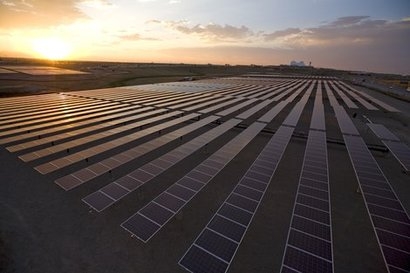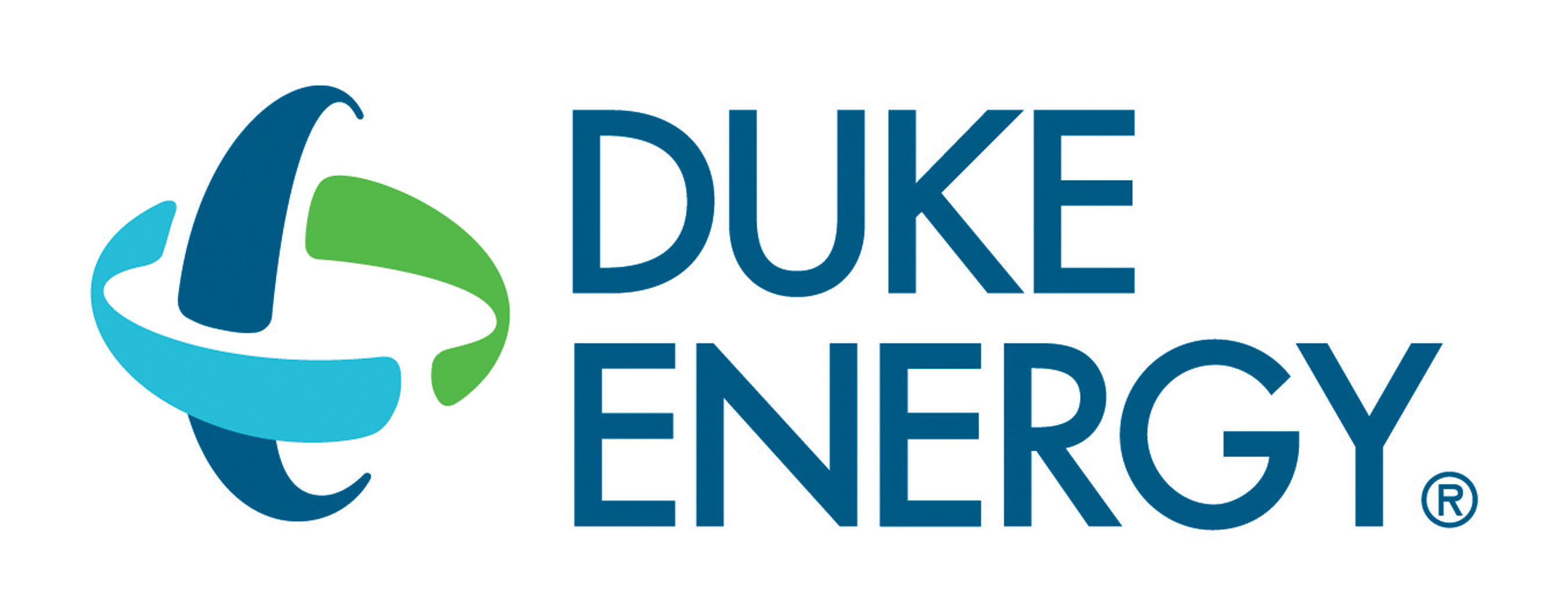What blackout? How solar-reliant power grids passed the eclipse test

In areas where solar energy contributes a large percentage of electricity, it is expected that certain weather patterns or natural phenomena’s such as a solar eclipse will affect the power grid. With Monday’s total solar eclipse in the US, system operators furthered their understanding of production interruptions. Despite the decline in output, it did not cause a major disruption to the network. Luckily, other power plants such as gas-fired and hydro overcompensated for the loss. We have more work to do with creating resilient networks that operate seamlessly but, being able to avoid a blackout is a step in the right direction.
Realgy Energy Services is a registered Retail Energy Marketer in the states of Illinois, Indiana, Michigan, and Ohio. We offer Service Plans that will provide electric and natural gas at wholesale pricing direct to customers without any utility markup. Our Service Plans work with the local utility to provide seamless service and annual energy savings. Service Plans include Guaranteed SavingsTM, ManagedPriceTM, ManagedGreenTM Index, Fixed and PriceAssuranceTM.
Additional Information:
https://phys.org/news/2017-08-blackout-solar-reliant-power-grids-eclipse.html
Realgy Energy Services enters the Ohio market
Michael Vrtis, President of Realgy Energy Services (RES) recently announced the Public Utilities Commission of Ohio (PUCO) has authorized the company’s expansion into Ohio. RES is now an Energy Choice supplier for Duke Energy customers in Ohio. Residential and commercial accounts will now be able to receive both their natural gas and electric supply from Realgy.
Before entering into a new market, Realgy considers several matters.
“Above all, we make sure we can help customers save money in each utility area. We perform detailed evaluations over the course of about a year. Generally, we expand due to the demand of existing customers, as was the case for serving the Duke Energy area in Ohio.” -Michael Vrtis
Realgy is excited about the expansion of their service. With this program, customers will be able to save money on the supply portion of their utility bills.
Additional Ohio utilities RES is approved for and will begin serving:
- The Ohio Edison Company
- The Toledo Edison Company
- The Cleveland Electric Illuminating Company
PUCO also granted authorization to RES to serve in the following areas:
- Columbia Gas of Ohio
- Dayton Power and Light (DPL)
- Dominion East Ohio
- American Electric Power (AEP)
Realgy Energy Services is a registered Retail Energy Marketer in the states of Illinois, Indiana, Michigan, and Ohio. We offer Service Plans that will provide electric and natural gas at wholesale pricing direct to customers without any utility markup. Our Service Plans work with the local utility to provide seamless service and annual energy savings. Service Plans include Guaranteed SavingsTM, ManagedPriceTM, ManagedGreenTM Index, Fixed and PriceAssuranceTM.
States Are Using Social Cost of Carbon in Energy Decisions, Despite Trump’s Views
What would you pay to have a beach to go to, fish on the shore, or not have to move your manufacturing plant inland due to flooding?
Such questions are being asked today by corporations and States in considering the price of Carbon and other greenhouse gases. Yes, these social factors can be quantified into $/kWh, some as high as $43/ton of carbon. Put simply, the social cost of carbon is a dollar estimate of the future damages from droughts, sea level rise, heat waves and other climate impacts wrought by each ton of carbon dioxide released into the atmosphere.
Consider how one utility regulator explained the cost imposed on his utility due to social costs;
“We know that climate change makes our [power] generation fleet less efficient. We know that it causes wildfires and other natural disasters that affect our transmission and distribution system. We know that there are actual costs to utility customers that come from not acting to prevent catastrophic climate change.”
The federal Government recently relaxed the social cost provisions due to the “impact to the economy and jobs”. Such federal shortsightedness is not new but, passing the pollution onto future generations in the hopes of retaining current jobs seems like a false promise for such a huge impact on future generations.

Realgy Energy Services is a registered Retail Energy Marketer in the states of Illinois, Indiana, Michigan, and Ohio. We offer Service Plans that will provide electric and natural gas at wholesale pricing direct to customers without any utility markup. Our Service Plans work with the local utility to provide seamless service and annual energy savings. Service Plans include Guaranteed SavingsTM, ManagedPriceTM, ManagedGreenTM Index, Fixed and PriceAssuranceTM.
Additional Information:
DOE EIA Weekly Gas Storage Report
Working gas in storage was 3,082 Bcf as of Friday, August 11, 2017, according to EIA estimates.
This represents a net increase of 53 Bcf from the previous week. Stocks were 254 Bcf less than last year at this time and 55 Bcf above the five-year average of 3,027 Bcf. At 3,082 Bcf, total working gas is within the five-year historical range.
Ameren request for lower energy efficiency targets stokes division in Illinois

When does negotiating STOP and work begins? Perhaps after you sign the agreement? NOT if you are Ameren. They want to amend an agreement that took 2 years and countless parties to negotiate. Ameren agreed to reduce emissions to help lower consumer’s energy bills and reduce climate change. They still want to be paid if they achieve their goals but, they want them lower.
In looking to reduce energy efficiency goals, Ameren is trying to create separation between Chicago issues and downstate issues; arguing that Chicago bureaucrats don’t know downstate Illinois. This might be fair if it WASN’T for the FACT that Ameren negotiated these goals with downstate bureaucrats.
Also, isn’t saving money and reducing greenhouse gases going to affect both Chicago and downstate the same?
Realgy Energy Services is a registered Retail Energy Marketer in the states of Illinois, Michigan and Indiana. We offer Service Plans that will provide electric and natural gas at wholesale pricing direct to customers without any utility markup. Our Service Plans work with the local utility to provide seamless service and annual energy savings. Service Plans include Guaranteed SavingsTM, ManagedPriceTM, ManagedGreenTM Index, Fixed and PriceAssuranceTM.
Additional Information:
American solar industry rises up against Suniva Section 201 trade petition

Suniva and SolarWorld have filed a trade petition with the US International Trade Commission (ITC). The petition seeks to subject imported solar equipment to trade tariffs. This could double solar prices, stopping growth and destroying 88,000 jobs. The energy independence the US has gained would halt and country-wide investments would be jeopardized. The Solar Energy Industries Association (SEIA) leads the opposition due to the endangerment of America’s solar jobs.
Realgy Energy Services is a registered Retail Energy Marketer in the states of Illinois, Michigan and Indiana. We offer Service Plans that will provide electric and natural gas at wholesale pricing direct to customers without any utility markup. Our Service Plans work with the local utility to provide seamless service and annual energy savings. Service Plans include Guaranteed SavingsTM, ManagedPriceTM, ManagedGreenTM Index, Fixed and PriceAssuranceTM.
Additional Information:



